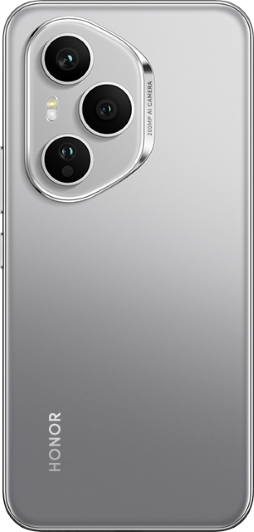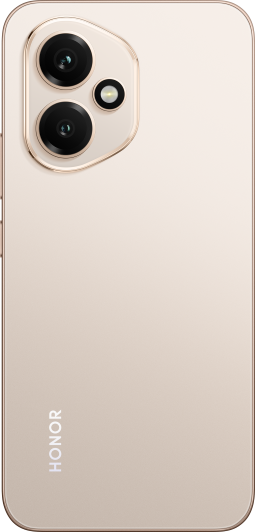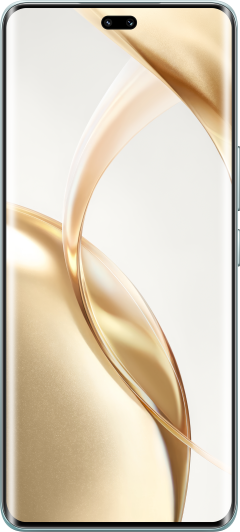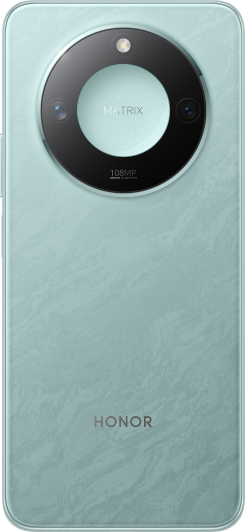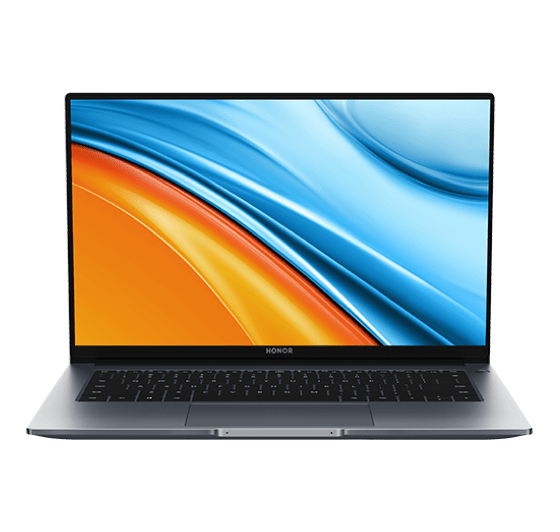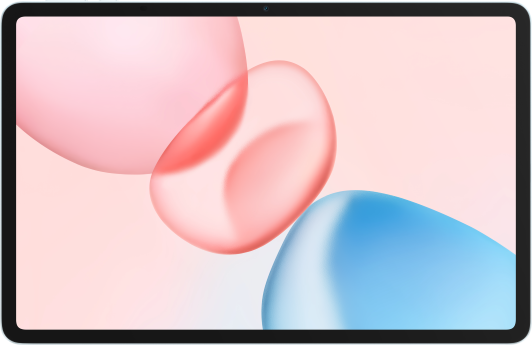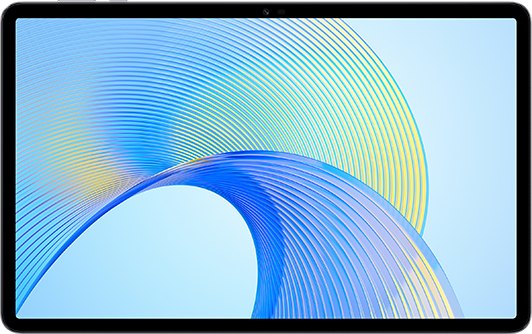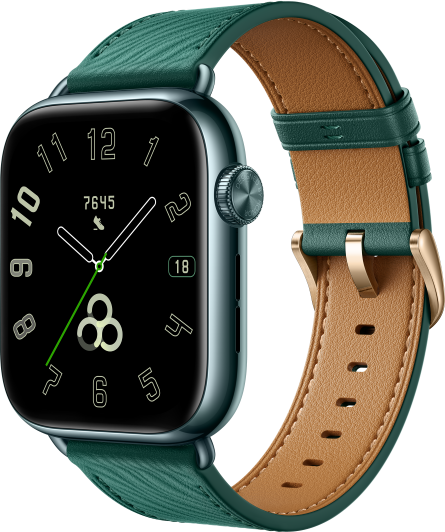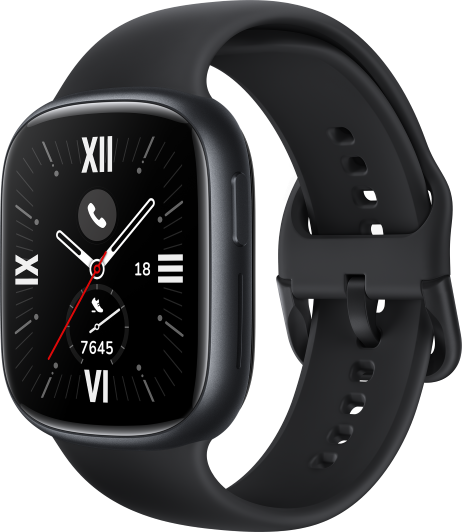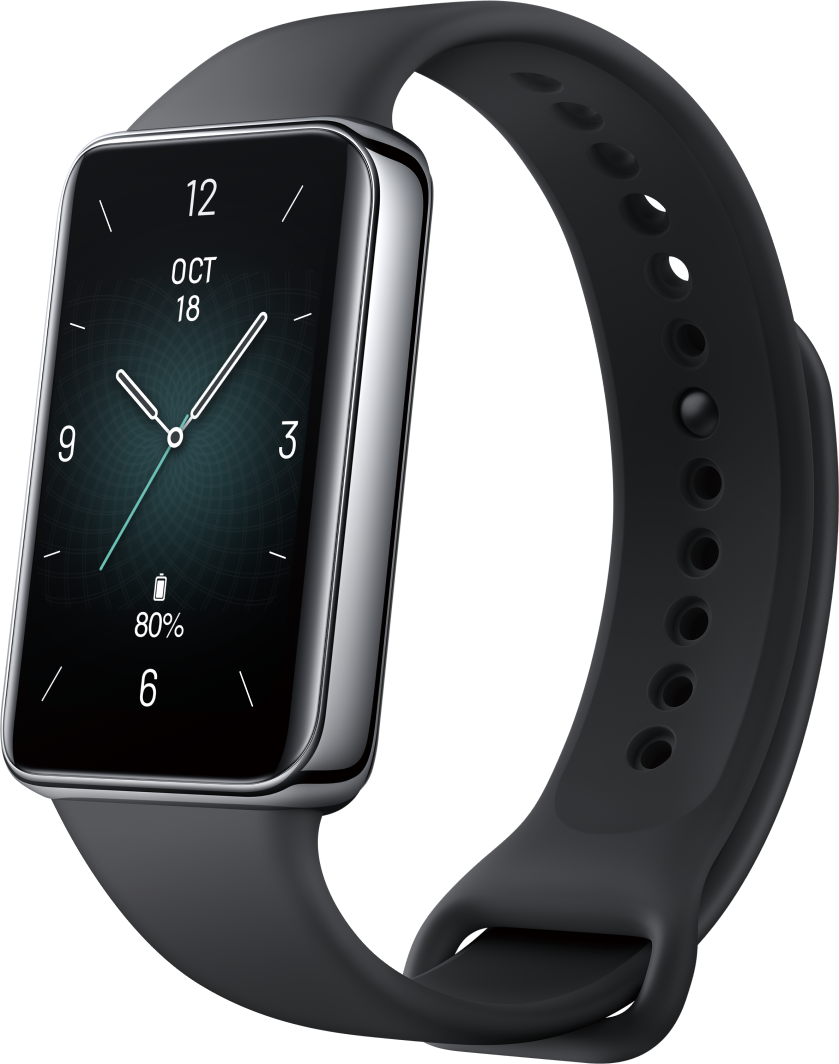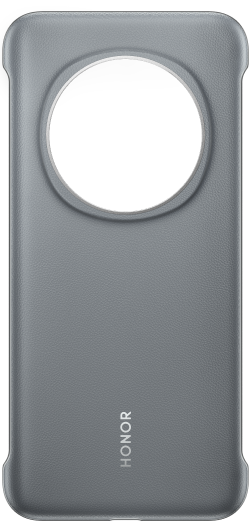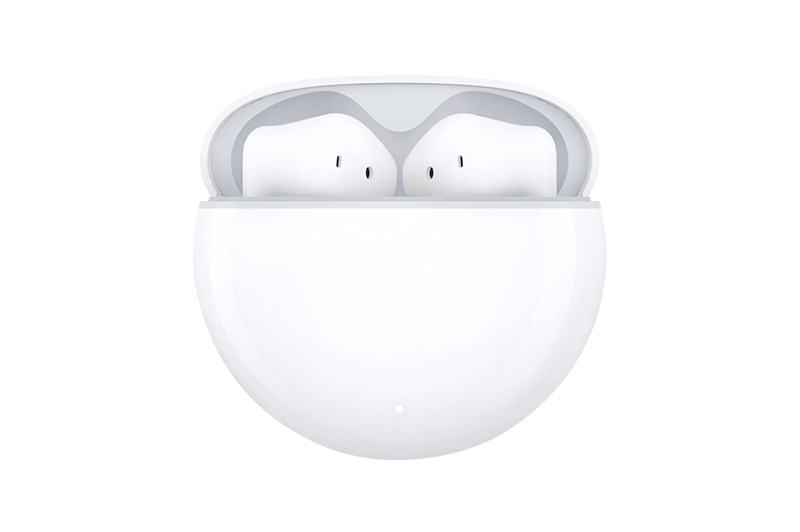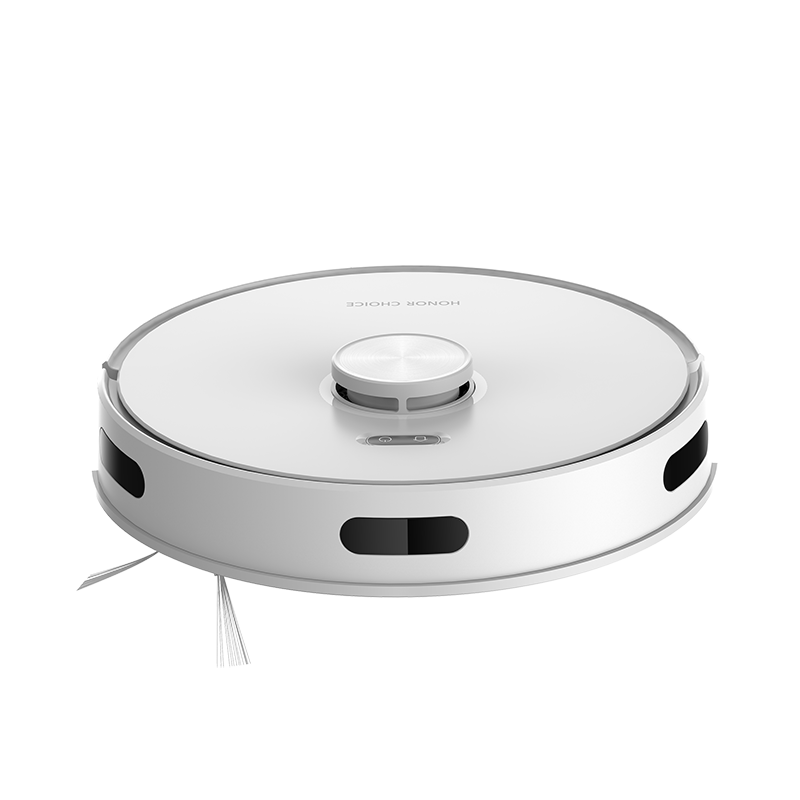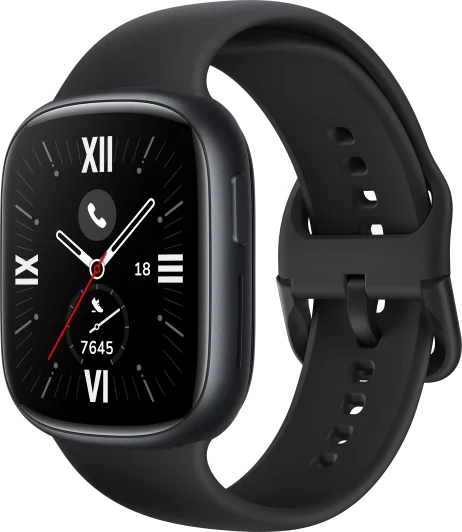TOP

我的荣耀 开启荣耀之旅
To log in to your account, you must first agree to the HONOR PLATFORM TERMS OF USE and HONOR Platform Privacy Statement. If you do not agree, you may only browse the site as a guest.

Decoding What is SpO2 in Smartwatch - Understanding Oxygen Saturation and Its Impact on Your Health and Fitness
Smartwatches are becoming more than just timepieces; they are becoming vital members of our everyday lives and protectors of our health. These sophisticated gadgets, adorning wrists worldwide, now serve as personal wellness advisors. Among their myriad of features, the integration of SpO2 monitoring - a significant leap in wearable technology - stands out. What is SpO2 in smartwatch? you might ask. Simply put, it refers to the measurement of oxygen saturation levels in the blood, has transformed smartwatches into invaluable tools for health insight and fitness optimization. As we set out on this adventure, we will explore the fundamentals of SpO2 in smartwatches, revealing its functionality, precision, and the significant advantages it offers to the domains of fitness and health.
What is SpO2? Understanding Oxygen Saturation
SpO2, a term often encountered in medical contexts, refers to the saturation of peripheral oxygen. It's an estimation of the amount of oxygen in the blood, more specifically, how much of the hemoglobin in the blood is carrying oxygen. This parameter is crucial, as oxygen is vital for the efficient functioning of organs and tissues in the human body.
Fundamentally, SpO2 is expressed as a percentage. For instance, a reading of 95% indicates that 95% of the hemoglobin in the blood is saturated with oxygen. This number is not just a statistic; it's a critical indicator of a person’s respiratory and overall health.
However, it's important to understand that SpO2 levels can fluctuate. While levels between 95% to 100% are generally considered normal for most individuals, lower readings might occur under various circumstances. For instance, individuals at high altitudes or those experiencing respiratory issues may display lower SpO2 levels.
Despite its importance, SpO2 is just one aspect of a complex physiological puzzle. This reading must be interpreted in the context of other vital signs and symptoms to accurately assess an individual's health. For example, a person with a chronic lung condition might have a different "normal" SpO2 level compared to someone without such a condition.
How SpO2 Monitoring Works in Smartwatches
What is spo2 in watch? At the heart of SpO2 monitoring in smartwatches lies a method known as photoplethysmography (PPG). These devices utilize light-based technology by emitting green and red LEDs onto the skin, where the green LEDs penetrate superficial skin layers while the red LEDs reach deeper. The sensors then capture the light that bounces back from the blood under the skin. Hemoglobin, the protein in blood cells, absorbs light – with its absorption levels varying depending on its oxygenation. By analyzing these variations, smartwatches can estimate the blood's oxygen saturation levels.
While smartwatches offer a convenient way to monitor SpO2, they should not be seen as a replacement for medical-grade devices. Instead, they serve as a tool for general health awareness and fitness tracking, providing valuable insights into our body's oxygen usage during exercise and rest.
Accuracy and Reliability of SpO2 Measurements in Smartwatches
In terms of accuracy, smartwatch SpO2 sensors use light-based technology - photoplethysmography (PPG) - which, though innovative, is not without its limitations. These sensors emit light penetrating the skin, with the amount of light absorbed indicating oxygen levels. However, factors like skin tone, wrist movement, and ambient light can impact accuracy.
Reliability, a key aspect, hinges on consistent performance under various conditions. Smartwatches are designed for everyday use, often in diverse environments, which poses a challenge for maintaining consistent SpO2 readings. To address this, manufacturers like HONOR continuously refine sensor sensitivity and enhance algorithmic robustness. The HONOR Watch 4, with its optimized microlens array design, further enhances optical performance. This improvement translates into more accurate heart rate measurements, contributing to the overall reliability and functionality of the device. However, it's essential to note that while smartwatch SpO2 readings are reliable for general wellness monitoring, they are not intended to replace professional medical devices used in clinical settings.
Benefits of SpO2 Monitoring for Health and Fitness
Understanding what does spo2 mean on a smartwatch can be immensely beneficial for our physical well-being. Let's step further into the myriad benefits that SpO2 monitoring brings to our health and fitness routines.
1. Improved Awareness of Physical Health: SpO2 monitoring facilitates a deeper understanding of your body's oxygen utilization. By keeping track of oxygen saturation levels, especially during physical activities, one can ensure they are maintaining optimal oxygenation, crucial for cellular function and overall health.
2. Enhanced Athletic Performance: Athletes and fitness enthusiasts can leverage SpO2 data to optimize their training routines. Understanding how your body utilizes oxygen during intense workouts can aid in adjusting exercise intensity for maximum efficiency and endurance improvement.
3. Early Detection of Potential Health Issues: Consistently low SpO2 readings may signal underlying health problems, such as respiratory or cardiovascular conditions. Regular monitoring allows for early detection and timely medical intervention.
4. Better Management of Chronic Conditions: For individuals with chronic health issues like asthma or heart disease, SpO2 monitoring is invaluable. It provides insights into how well the body is coping and when to adjust treatment or lifestyle choices accordingly.
5. Assistance in Recovery Processes: Post-operative or during illness recovery, monitoring SpO2 levels ensures that the body is receiving adequate oxygen, a key component in the healing process.
In summary, the integration of SpO2 monitoring into daily health and fitness routines offers a comprehensive view of one’s physiological state, empowering individuals to make informed decisions about their health and well-being.
Conclusion
To wrap things up, understanding what is spo2 in smartwatch signifies opens a new dimension in personal health monitoring, offering insights into oxygen saturation levels. This technological marvel, though not a replacement for clinical tools, provides valuable health data, empowering users to make informed lifestyle choices. Its integration into daily life underscores the remarkable advancements in wearable technology, blending health awareness with convenience. Just remember, as we embrace these innovations, it is crucial to use them wisely, complementing but not substituting professional medical advice.
FAQ
How do I read SpO2 on my smartwatch?
To read SpO2 on your smartwatch, access the SpO2 app, follow proper placement guidelines, and initiate the measurement. The real-time data will be displayed on your smartwatch screen, providing insights into your blood oxygen saturation levels.
How do I set up SpO2 on my smartwatch?
Setting up SpO2 monitoring on your smartwatch typically involves accessing the health app or dedicated SpO2 app. Follow on-screen instructions to enable the feature, ensuring proper device placement for accurate readings.
What is a normal SpO2 level?
A normal SpO2 level is generally considered to be between 95% and 100%. Levels below 90% may indicate potential health concerns, and individuals with persistent low readings should consult healthcare professionals for further evaluation.
Source: HONOR Club
SUBSCRIPTION
I agree to receive the latest offers and information on HONOR products through email or IM (e.g. WhatsApp) provided below and advertisement on third-party platforms. I understand that I can unsubscribe anytime according to Chapter 5 of HONOR Platform Privacy Statement.
CONTACT
Honor Technology (Malaysia) Sdn Bhd
(Registration No.: 202101003804)
1800-88-5645
9:00 AM - 6:00 PM
Copyright © Honor Device Co., Ltd. 2020-2025. All rights reserved.
We use cookies and similar technologies to make our website work efficiently, as well as to analyze our website traffic and for advertising purposes.
By clicking on "Accept all cookies" you allow the storage of cookies on your device. For more information, take a look at our Cookie Policy.
Functional cookies are used to improve functionality and personalization, such as when playing videos or during live chats.
Analytical cookies provide information on how this site is used. This improves the user experience. The data collected is aggregated and made anonymous.
Advertising cookies provide information about user interactions with HONOR content. This helps us better understand the effectiveness of the content of our emails and our website.
